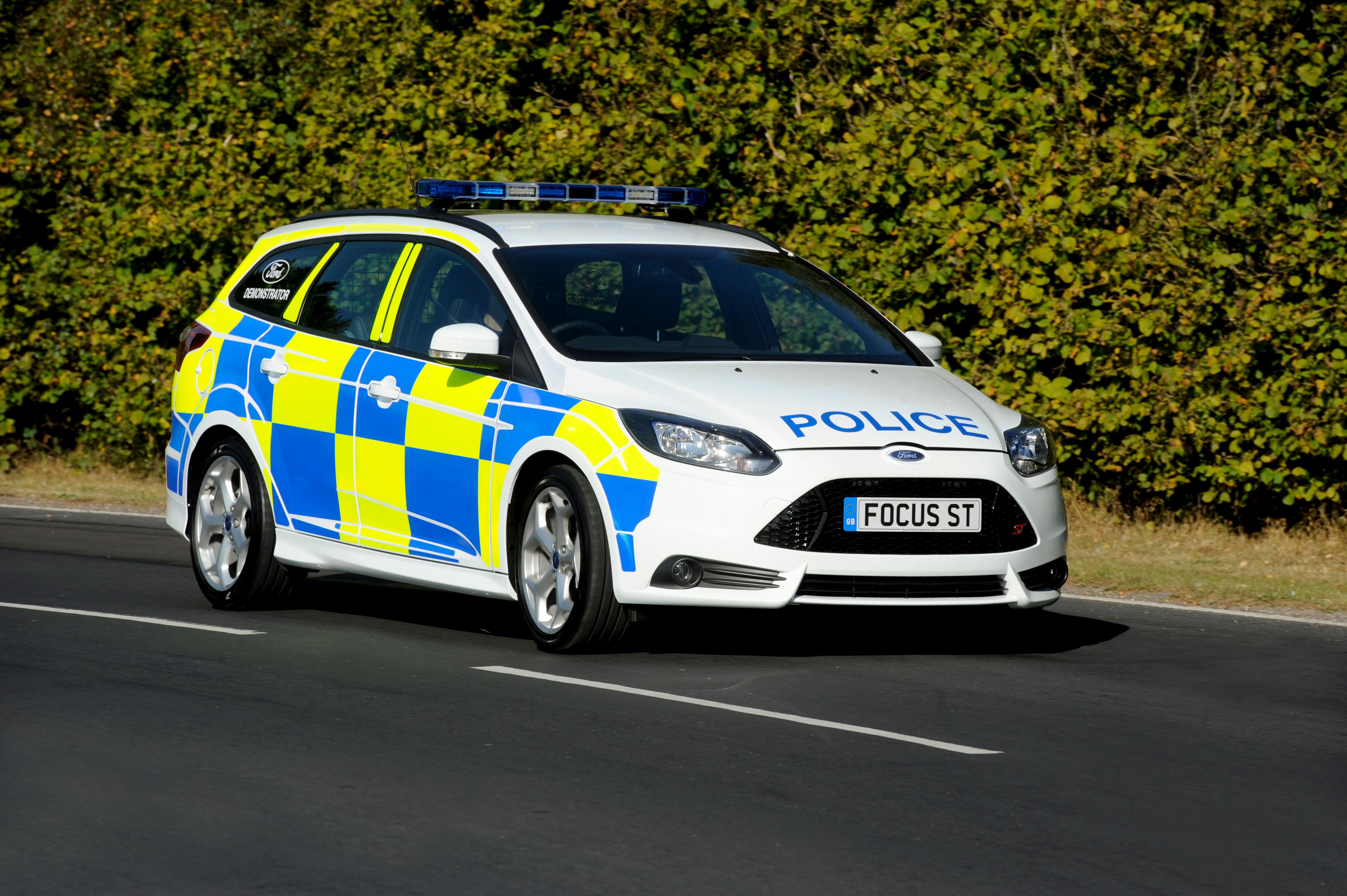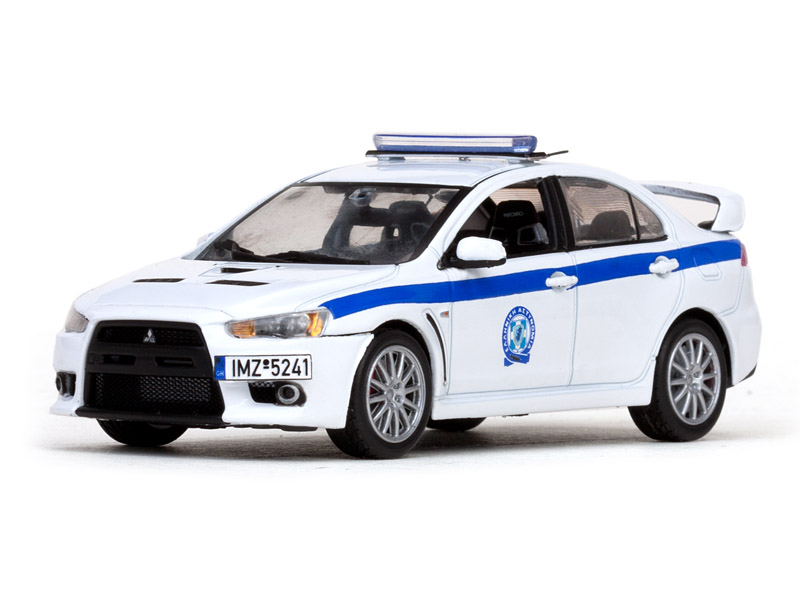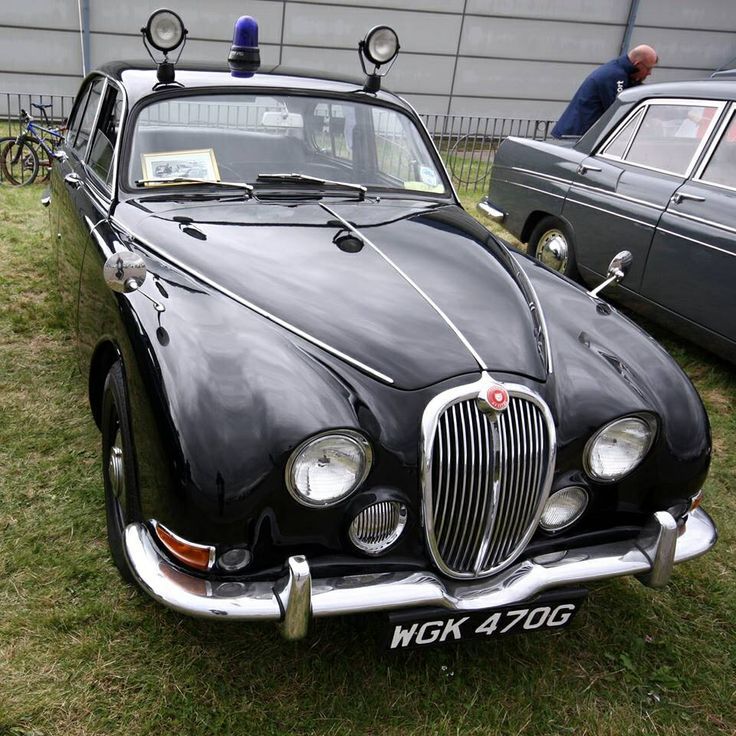The world of law enforcement is constantly evolving, and nowhere is this more evident than in the United Kingdom. While the focus of US trending news often centers on domestic issues, the evolution of British police cars offers a fascinating look into how technology, tradition, and innovation intersect in the pursuit of justice.
British police cars have long been a symbol of authority and reliability, but they are also a reflection of the changing times. From the early days of horse-drawn carriages to the high-tech vehicles seen today, the history of British police cars is as rich as it is diverse.
In this article, we will explore the features, history, and modern technology behind British police cars, providing insight into how these vehicles have become an essential part of law enforcement across the UK.
The Evolution of British Police Cars
The journey of British police cars began in the early 20th century, when the first motorized patrol vehicles were introduced. These early models were simple, utilitarian machines designed for basic mobility rather than speed or performance. However, as crime became more sophisticated, so too did the need for faster, more capable vehicles.
One of the earliest known police cars was a Daimler, which was used by Bolton Borough Police in 1925. This vehicle, with its hand-operated horn and manual starter, was a far cry from the high-performance machines seen today. Yet, it marked the beginning of a new era in policing.
By the 1930s, police forces were beginning to experiment with more powerful vehicles. The Swallow Coach Building Company, later known as Jaguar, produced sleek sports cars that were commissioned to combat “motor bandits.” These early models were not only fast but also practical, setting the stage for future developments in police vehicle design.
As the decades passed, British police cars evolved in both appearance and function. The 1950s saw the introduction of the MG-A, a two-seater sports car that was well-suited for chasing down criminals. By the 1960s, the Triumph TR4 had become a favorite among police forces, thanks to its speed and agility.

The 1970s brought even more practicality, with the Ford Granada becoming a common sight on the roads. These vehicles were equipped with powerful V6 engines, making them ideal for high-speed pursuits. However, the odd Ford Capri also made appearances, showcasing the variety of vehicles used by police forces over the years.
By the late 1980s and 1990s, police cars had become more standardized, with many forces opting for reliable models such as the Vauxhall Astra and Skoda Octavia. These vehicles offered a balance of performance, fuel efficiency, and cost-effectiveness, making them ideal for everyday use.

Modern British Police Cars: Technology Meets Performance

Today, British police cars are equipped with cutting-edge technology, ensuring that officers can respond quickly and efficiently to emergencies. From advanced communication systems to high-performance engines, modern police cars are designed to meet the demands of contemporary policing.
One of the most popular models currently in use is the BMW 3 Series (330d). This vehicle combines power and efficiency, with a turbocharged 3.0-litre diesel engine producing 245bhp. Its estate version, known as the Touring, provides ample space for equipment, making it a practical choice for police forces.
Another notable model is the Ford Focus ST, which has gained popularity for its sporty design and impressive performance. With 280bhp and a sophisticated suspension setup, the Focus ST is ideal for chasing down fast-moving suspects. In addition, the Ranger Raptor offers off-road capabilities, making it suitable for rural areas where traditional police cars may struggle.
The Lexus IS-F is another example of a high-performance police car. Known for its powerful 5.0-litre V8 engine, the IS-F can accelerate from 0 to 62mph in under five seconds. Despite its speed, the car remains relatively discreet, with only subtle indicators of its police origins.
Perhaps one of the most iconic police cars in recent years is the Mitsubishi Lancer Evolution. This rally-inspired vehicle is known for its exceptional handling and speed, making it a favorite among police forces that require quick response times.

Unmarked Police Cars: The Covert Approach
While many police cars are clearly marked, there are also unmarked vehicles that play a crucial role in law enforcement. These cars are designed to blend in with regular traffic, allowing officers to conduct investigations without drawing attention.
Some of the most popular unmarked police cars include the Subaru Impreza, Audi S3, Skoda Octavia VRS, and Volkswagen Golf R32. These vehicles offer a combination of performance and discretion, making them ideal for undercover operations.
Although newer models have replaced some of these vehicles, the legacy of unmarked police cars remains strong. Their ability to operate quietly and effectively makes them an invaluable asset in modern policing.
The Future of British Police Cars
As technology continues to advance, the future of British police cars looks promising. Electric and hybrid models are becoming increasingly common, offering improved fuel efficiency and reduced emissions. Additionally, autonomous driving technology is being explored as a potential tool for law enforcement.
While the exact direction of police car development remains uncertain, one thing is clear: the role of police cars in maintaining public safety will continue to evolve. Whether through traditional models or cutting-edge innovations, British police cars will remain a vital part of the country’s law enforcement efforts.
Conclusion
From the early days of horse-drawn carriages to the high-tech vehicles of today, the history of British police cars is a testament to the ever-changing nature of law enforcement. These vehicles not only serve as tools for maintaining order but also reflect the technological advancements and societal changes that have shaped the UK over the years.
As US trending news continues to highlight current events, it’s important to recognize the broader context of global law enforcement practices. The evolution of British police cars offers valuable insights into how technology, tradition, and innovation come together to ensure public safety.
For more information on the latest developments in police technology and vehicle design, be sure to follow the latest updates from trusted sources such as the Greater Manchester Police Museum and other reputable law enforcement organizations.
Stay updated with the latest news and explore today’s headlines.
Author Section
Author: James Carter
Title/Role: Senior Law Enforcement Correspondent
Credentials: James Carter has over a decade of experience covering law enforcement and public safety issues. He has contributed to numerous publications, including The Guardian and BBC News. His work focuses on the intersection of technology and policing.
Profile Link: James Carter Profile
External Sources
Internal Links
- Understanding Police Vehicle Technology
- The History of Law Enforcement in the UK
- Modern Trends in US Policing
Featured Snippet
British police cars have evolved significantly over the years, from early motorized patrol vehicles to high-performance models like the BMW 3 Series and Ford Focus ST. These vehicles combine speed, technology, and practicality to support law enforcement efforts across the UK.
Call to Action
Stay updated with the latest news and explore today’s headlines. Subscribe to our newsletter for exclusive insights into US trending news and beyond.











More Stories
US Trending News: Key Ukrainian Seaports and Their Role in Global Trade
Where to Trick or Treat Near Me Today: A Halloween Guide
US Trending News: Understanding Shade Lighter Than Cappuccino: A Guide to Coffee Bean Roasts